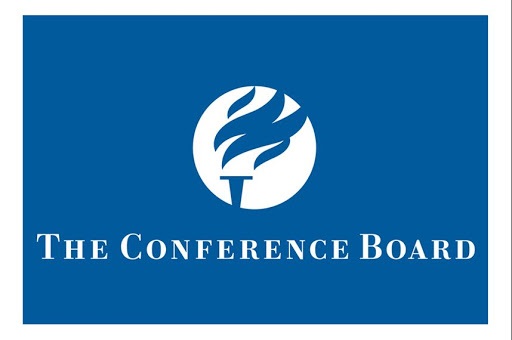As the Delta variant continues to proliferate, 42 percent of workers are worried about returning to the workplace for fear of contracting COVID-19. This marks a substantial jump from June when only 24 percent had that concern.
“With headlines about the rise of the Delta variant, breakthrough cases among the vaccinated, and an overburdened health care system in much of the country, COVID-19 concerns that were subsiding just two months ago have risen,” said Rebecca Ray, PhD, Executive Vice President of Human Capital at The Conference Board.
Conducted in August by The Conference Board, the survey captured the thoughts of more than 2,400 U.S. workers on topics including return-to-work anxiety, factors driving them to pursue new job opportunities, opinions about remote work, and more.
The survey findings also reveal that more than one-third of workers may leave their jobs within the next six months. The driving factor: a desire for flexible work arrangements. Indeed, 80 percent cite work arrangements as very important or important in their decision to leave their current job.
Survey respondents rank a flexible work location as the most desired aspect of a new job, prioritizing it slightly over better pay and career advancement, the two traditional drivers of job changes.
Key findings from the nationwide survey include:
- As Delta surges, 4 in 10 workers fear COVID-19 exposure.
- 42 percent of respondents are worried about returning to the workplace for fear of contracting COVID-19 or exposing family.
- Just two months ago, only 24 percent were concerned about personally contracting it, and 28 percent were concerned about exposing family.
- When it comes to returning to the workplace, women are more concerned than men about COVID exposure, job security, and mental health
Workers, especially women and Millennials, question the wisdom of returning to the workplace given the belief that productivity remained high while working remotely:
- Women: 42 percent
- Men: 28 percent
- Millennial: 48 percent
- Gen X: 38 percent
- Baby Boomer: 33 percent
More than one-third may leave their organizations within the next six months. Twenty-seven percent of respondents are unsure if they will remain at their current job for the next six months. Only 7 percent are sure of their plans to leave within that time frame. Sixty-three percent indicated they are not planning to leave in the next six months, and more men than women are more certain they will remain with their organizations for at least the next six months:
- Women: 59 percent
- Men: 70 percent
- More women than men, on the other hand, are not sure of their plans:
- Women: 33 percent
- Men: 23 percent
The top reason workers are looking for new jobs: inflexible work arrangements.
More than 80 percent cited the importance, at some level, of work arrangements such as flexible hours and work location in their decision to find a new job.
For those respondents planning to leave their organizations within the next six months, flexible work location topped better pay and career advancement as the most desired aspect of a new job.
“The long-term effect of extended remote working arrangements has left its mark. Employees are much less willing to embrace the rigid, conventional work policies of the past about how and where work gets done,” said Ray. “Especially for women, to whom the bulk of caretaking and household responsibilities still unfortunately fall, the flexibility to choose what works best for them is critically important. We are starting to see companies with flexible work arrangements successfully attracting the top talent of their competitors who have adopted a more rigid stance. The challenge of attracting and retaining talent in a tightening labor market is only going to become more difficult.”
Is going to the office full-time a thing of the past? Most workers want hybrid work arrangements.
More than two-thirds (67 percent) of survey respondents are willing to work a hybrid work schedule (some days remotely, some days in the workplace). Twenty percent of surveyed workers only want to work remotely. Only 4 percent say they want to work entirely in the workplace.
“A desire to work remotely doesn’t mitigate legitimate concerns about the downsides of remote work,” said Robin Erickson, PhD, Principal Researcher, Human Capital at The Conference Board. “For example, those who are more likely to want to work remotely — women, millennials, and individual contributors — are also most concerned with a lack of connection with colleagues when doing so. As organizations make long-term decisions about a future with remote work, they will need to bear this in mind and continuously monitor employee experience and well-being.”
Compared to pre-pandemic levels, 7 percent fewer respondents reported that their engagement level had increased compared to respondents to the same question just two months ago. In June, 37 percent of respondents said their level of engagement had increased; in August, that number dropped to 30 percent.
Workers who indicated that their engagement had decreased rose slightly from 15 percent in June 2021 to 19 percent in August. Roughly half of the respondents indicated their engagement had remained the same when compared to pre-pandemic levels.
The Conference Board is the member-driven think tank that delivers insights for what’s ahead. Founded For information, visit www.conference-board.org









